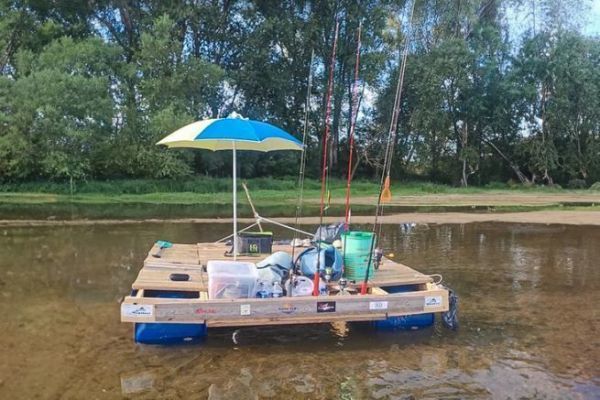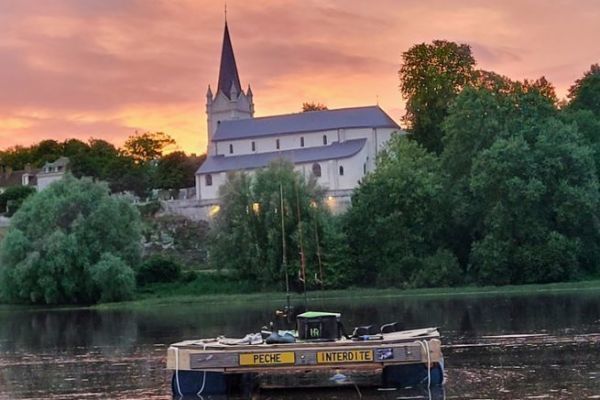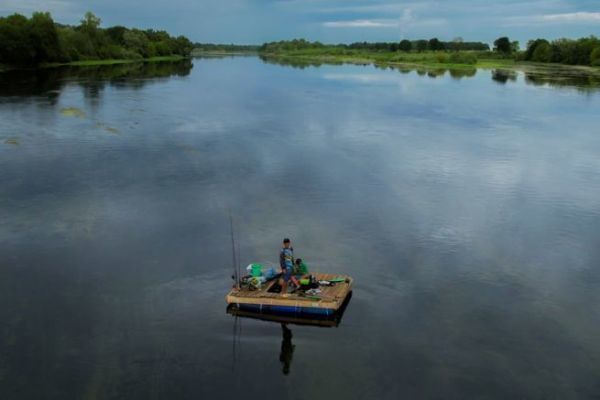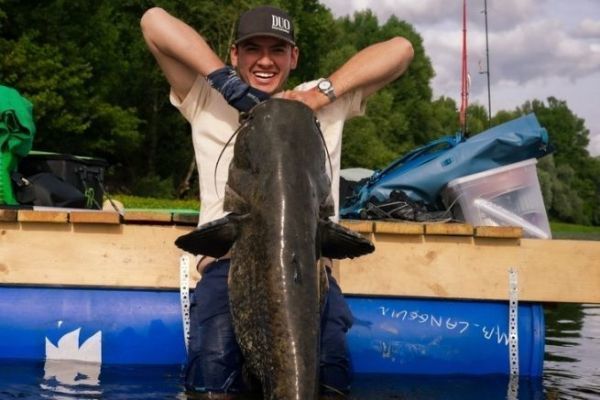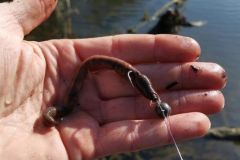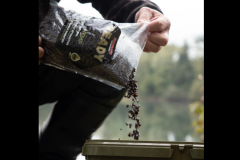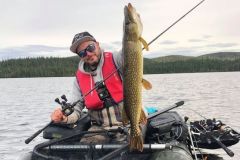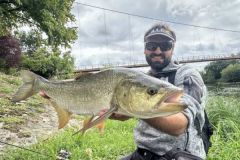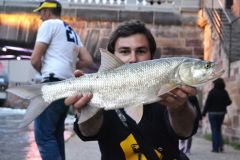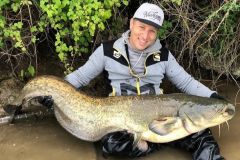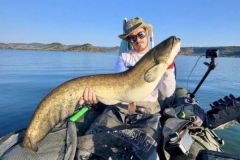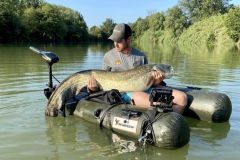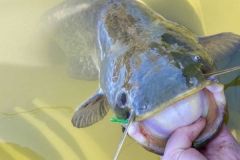No reverse possible
With a friend, we spent a week on a raft on the Loire. It was an opportunity to take up a personal challenge, but also, and above all, to swap our phones for our fishing rods! Unlike shore fishing, where you're constrained to the spots you choose, we had the opposite effect: you can't go backwards on a raft! In one week, we went to every spot on 100 km of river. So, with no engine noise and being elevated (as you might be on a boat), we were able to pass discreetly over the fish.
Extremely changeable weather conditions
The summer of 2023 has been very changeable, from very hot to very rainy. During our 6-day drift, we were treated to all kinds of weather. We left just after two weeks of heavy rain (particularly intense and abnormal for a usual month of July) and enjoyed a radical change during our first 5 days: bright sunshine, almost no clouds, and over 30°C in the shade! Not exactly ideal weather for effective fishing... The last day was radically different, with very low temperatures and rain at the end of the day.
All these details are important, because as you'll see below, these very changeable weather conditions have strongly conditioned the behaviour of the fish and our fishing at the same time!
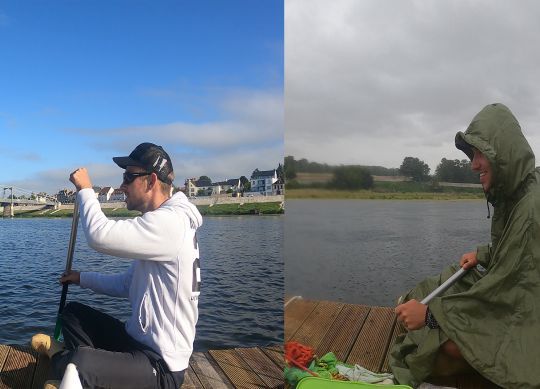
Fish behaviour and activity
Generally speaking, we can describe a general pattern made up of 3 to 4 zones that follow each other and look (or almost) the same:
Zone 1: Shallow depths.
These are often areas of high current acceleration. These zones are often filled with rocks. Upstream of these zones, we sometimes find very little water, with large sandbanks. This first zone is often very rich in barbel. They move about in shoals sometimes comprising several hundred individuals.
Zone 2: Medium depths.
These are often areas rich in grass beds, and with them fish: carp, chub, pike, perch and asp are all found mopping up in these areas. The asp is particularly fond of moving back and forth between current zones and grassy areas rich in whitefish.
Zone 3: Deep pits.
Sometimes, these pools are found directly after areas of strong currents. How to spot them easily on a map: follow the current and the course of the Loire. Practically every time the current strikes a bank at 45 degrees to form a "bend", you'll find a pit of varying depths. These areas are often home to catfish, but also pike-perch, which cohabit quite well with these freshwater giants.
The two main species sought during our trip were asp and catfish. By being on the water all day (from 9 a.m. to 7 p.m.) for a whole week, we were able to directly observe the movements of fish from one area to another, depending on the weather.
For the first 5 days, the sun was high in the sky and the atmosphere was almost suffocating. Asps were therefore very difficult to lure. You had to get up early to hope to catch a fish, as the morning strike was more productive (for our taste) than the evening strike when the heat was too strong.
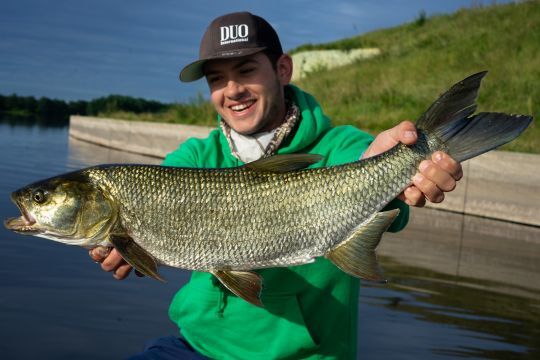
As we passed through the deeper areas, we could systematically see catfish, grouped in balls of several dozen individuals, and also very little active. Indeed, when temperatures rise too sharply, the fish are in search of freshness, and so we found them in the pools, where the water is coolest. At the same time, we were able to observe some very large pike-perch (90 cm and over), sometimes alongside catfish over 2 meters in length, in these shallow depths (the Loire is shallow in summer, and depths over 3 meters are already pits).

On our last day, however, with the arrival of rain, cloud cover and falling temperatures, we could see that the catfish had left the pits. We'd never see them again... At the same time, the asps woke up and stayed active all day, regularly giving us the adrenalin rush we were looking for at the touch!
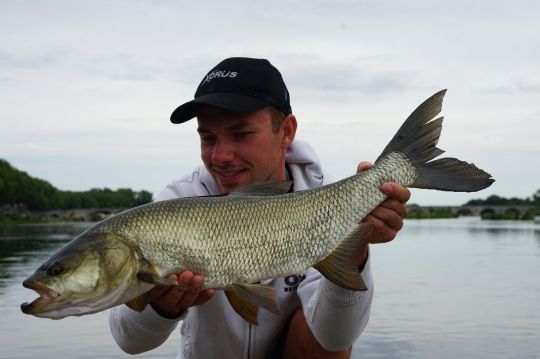
Moral: in summer, when it's very hot, you too can enjoy the cool morning air. When it starts raining after a hot spell, grab your raincoat and get out your lures! You're bound to be in for some surprises...


